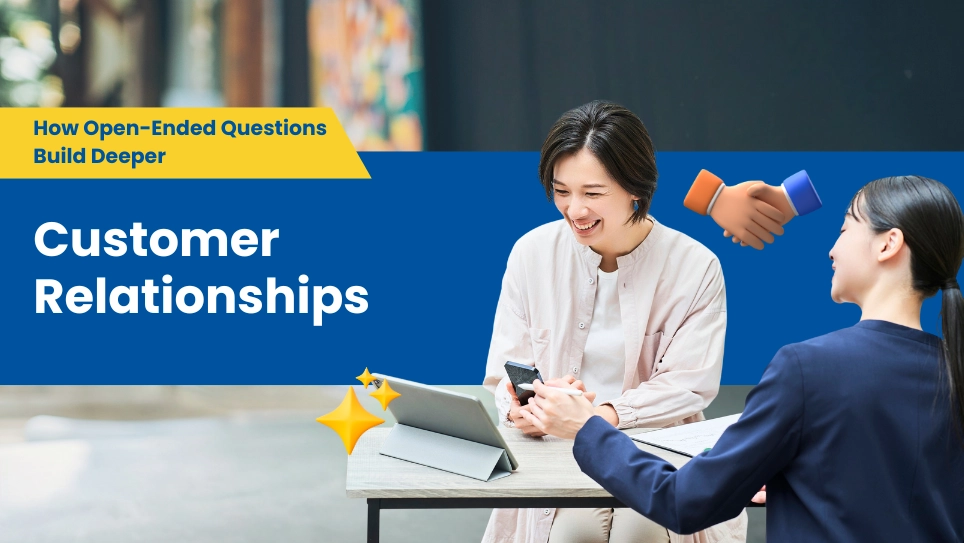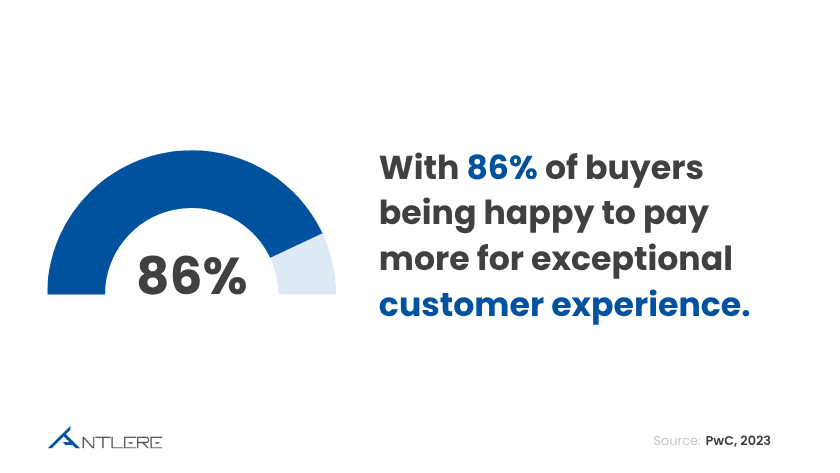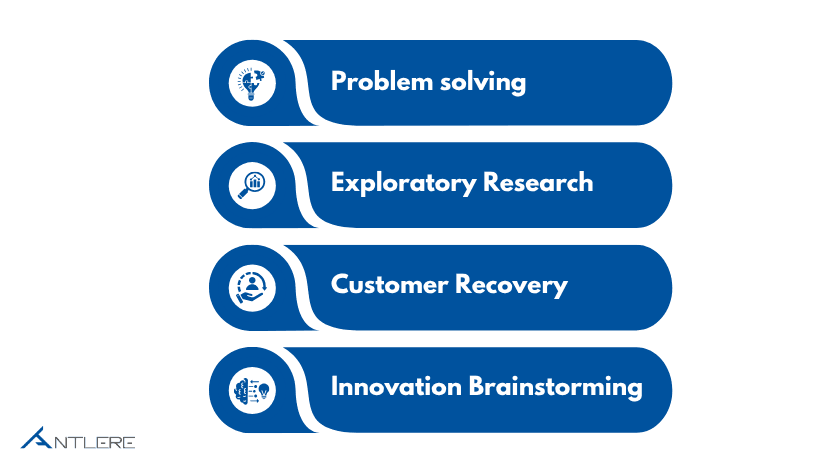

How Open-Ended Questions Build Deeper Customer Relationships
Can you imagine calling a customer-service line and hearing, “Was your problem solved?” You answer “Yes.” The agent says thank you and hangs up. Efficient? Yes. But meaningful? Not really. Now imagine that same call, where the agent now asks, “Could you tell me more about how your experience could have been better?” Suddenly, you are being heard and valued and understood.
This is the secret power of open-ended questions in forming authentic relationships with your customers. Whereas closed-ended Questions doesn’t allow for discouraging dialogue, elicits emotions and gives deeper insights that result in loyalty.
What Are Open-Ended Questions?
Open questions draw customers to answer with more than one or two phrases and instead avoid being restricted to a defined number of options. Rather than “Yes” or “No,” they ignite narratives. Examples include:
- “Do you think that was appropriate or effective service today?”
- “What problems were you having before opting for our product?”
- “What could we do better to enhance your experience?”
Asking such questions opens 2-way conversations that are not only rational – but also emotional reasons for customer behavior.
Why Open-Ended Questions Matter in Customer Relationships
With 86% of buyers being happy to pay more for exceptional customer experience (PwC, 2023), meaningful engagement is now a must. Open-ended questions allow businesses to:
- Identify unarticulated needs that your customers will not tell you otherwise.
- Establish emotional connections through real concern.
- Capture qualitative feedback to augment quantitative measures.

These learnings extend well beyond problem solving – they inform innovation, sharpen brand messages and improve overall customer experience strategies.
Open-Ended vs. Close-Ended: A Comparison
To see their impact more clearly, let’s compare both in practice:
Interaction Context | Close-Ended Example | Open-Ended Example | What It Reveals |
Call Center Follow-Up | “Was your issue resolved? (Yes/No)” | “What else could we have done to support you better?” | Uncovers missed expectations |
Product Feedback | “Would you recommend us? (Yes/No)” | “What features would make this product more useful?” | Identifies innovation ideas |
Retail Experience | “Was your checkout experience quick?” | “What was it like for you to go through the checkout?” | Reveals emotional triggers |
This contrast shows how open-ended questions allow for richer insights which result in more loyal customers.
Benefits of Open-Ended Questions in Customer Engagement
Open-ended questions are the bridge between business-like interactions and relationship-oriented dialogues. Some of the essential Benefits of such services are:
- Customer-Focused Perspectives: They get the customer’s individual view without putting them in a box.
- Deeper Emotional Connections: People feel understood, and trust is built.
- Innovation Pathways: Most ideas received they had already thought of, but the feedback frequently highlights thoughts companies hadn’t already considered.
- Enhanced Problem-Solving: Agents can dig deep into the causes of issues, not just scratch a surface.
As per Harvard Business Review (2022), businesses that employ conversational methods (focused on open-ended questions) are achieving 30% better customer satisfaction scores than those who utilize structured surveys alone.
When and How to Use Open-Ended Questions
Open-ended questions are powerful, but it’s critically important to use them strategically. They are for depth and emotions (or exploration).
Some ideal scenarios include:
- Customer Onboarding: “What are the goals you hope to achieve with this product?
- Support Calls: “What’s been toughest for you?”
- Feedback Surveys: “One thing we could do better?”
- Product Research: What would you dream the ideal version of this product to be?
The Role of Open-Ended Questions in Building Emotional Loyalty
Customer loyalty, after all, is not merely a matter of price or even convenience; it’s about emotional resonance. Open-ended questions allow staff to get to grips with what’s really important for customers.
A retail customer could claim that they felt frustrated not due to a late delivery, but because the product had been intended as a birthday gift. That environment changes how the company responds, and incorporates empathy into its service.
In fact, according to a Salesforce report (2024), 66% of consumers expect businesses to understand their needs and expectation – and open-ended questions one of the best ways to go about it.
Challenges of Open-Ended Questions (and How to Overcome Them)
As powerful as they can be, open-ended questions are not without their drawbacks. They take longer to respond and interpret and a customer might respond in nebulous terms.
Businesses can overcome these by:
- Training agents to listen actively and “probe gently.”
- Leveraging AI-powered text analytics for the analysis of many responses.
Statistics That Prove the Power of Open-Ended Questions
- 70% of buying experiences are influenced by the way a customer feels they are being treated (McKinsey, 2023). Open-ended questions help to create that sense of being valued.
- For surveys that incorporated an open-ended type question, engagement rates were 23% higher than for those without (SurveyMonkey, 2024).
- During their study, 82% of organizations conducting qualitative feedback analysis said they discover new opportunities (Forrester, 2023).
These numbers reinforce that open-ended engagement is not just about “being nice” it directly influences customer loyalty and business growth.
When Open-Ended Questions Work Best (Bullet Section)
Open-ended questions are not for every scenario, but they shine in specific contexts:
- Problem solving: that can be either a “yes” or a “no” answer, in which case we probably must explain our solution.
- Exploratory Research: For finding anything explicit and imprecise in the mind of consumers.
- Customer Recovery: In the event of dissatisfaction, they aid in discovering the ‘why.’
- Innovation Brainstorming: When companies have customers co-creating solutions.

Conclusion: Asking Better Questions, Building Stronger Bonds
In customer relationships, the level of trust is typically a function of question quality. Open-ended questions are not about collecting more words; they’re about elucidating deeper truths, emotions and needs.
When companies bake open-ended engagement into such survey, call center and other digital touchpoints, they turn customer feedback from a transaction into relationship-building conversation.
In the long term, it’s not just about answering questions but asking the right ones. And in doing so, open-ended questions emerge as one of the most powerful tools entrepreneurs have for building loyalty, trust and long-term growth.



